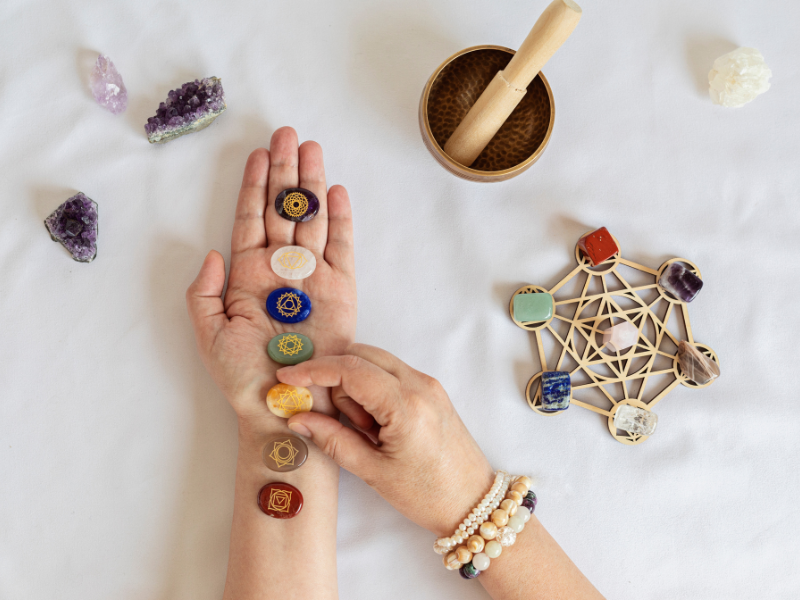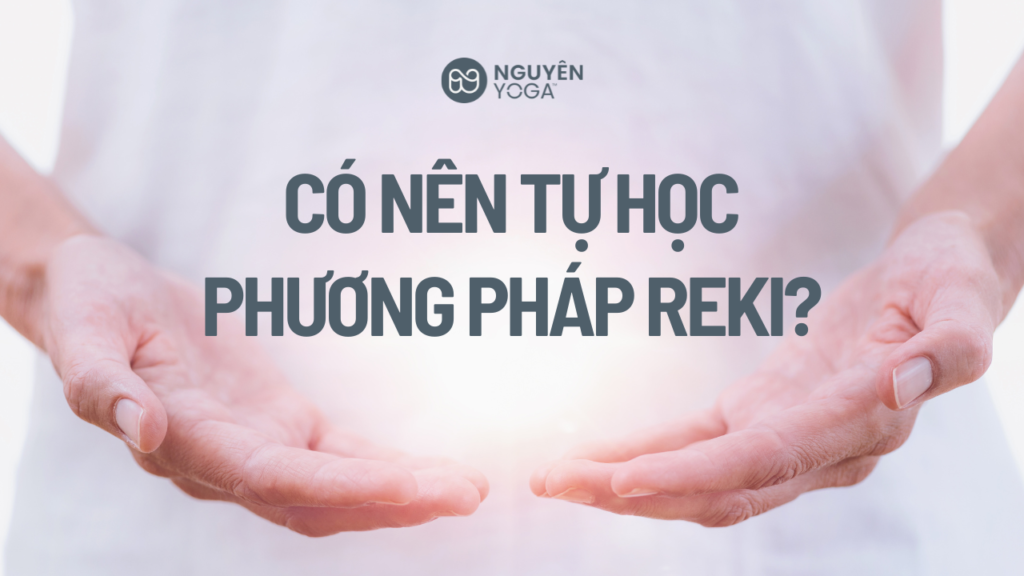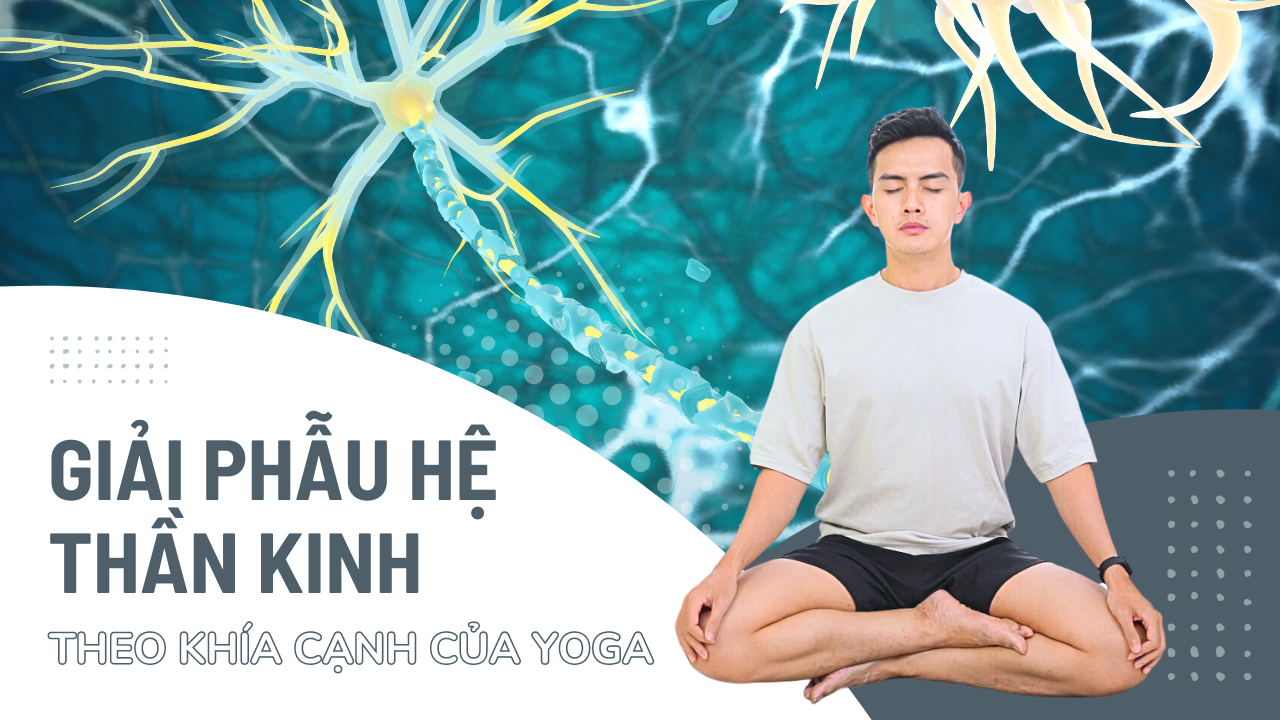Reiki is becoming increasingly popular as a holistic healing method. However, many people still wonder whether they should learn Reiki themselves. This article will provide a comprehensive overview of the possibilities and benefits of self-study of Reiki, helping you make an informed decision.
What is Reiki?
Reiki is an energy healing method that originated in Japan. In this method, the Reiki practitioner acts as a channel for the energy of the universe, guiding this energy to the recipient to support the healing process. Reiki is based on holistic energy principles and the concept of “ki” or “life force,” emphasizing balance and harmony in the body.

Benefits of Reiki
Reiki is known for its many physical, emotional and spiritual benefits. Physically, it can help relieve pain, reduce stress, and improve overall health. Emotionally, Reiki can help manage emotional trauma, balance emotions, and increase self-awareness. Spiritually, it can help connect with the spiritual self, develop the spirit, and increase intuition.
Should I learn reiki myself?
The answer is yes. Self-study of Reiki can be very rewarding, especially if you seek a natural mental health approach and desire personal growth. Self-studying Reiki gives you flexibility in arranging your study time according to your personal needs and can save money compared to participating in professional courses.
You have access to many tutorials, books and videos online. In addition, practicing Reiki on yourself and your family members helps you better understand the effectiveness and how this method works. However, to achieve optimal effectiveness, learning under the guidance of experienced people is also very important.
Reiki approach
To begin your journey of learning Reiki, thoroughly understanding the method is an important first step. You can refer to books, articles, and online courses to get an overview of Reiki. Additionally, participating in Reiki forums or community groups will also help you better understand the practice and benefits that Reiki brings.
Once you have the foundational knowledge, you should find a certified and experienced Reiki master to learn from. Organize a meeting to discuss and evaluate the fit between the master's teaching style and your learning needs. Enroll in a class, whether in person or online, and begin practicing under guidance to develop your skills and deepen your understanding of Reiki.
What are the levels of Reiki training?

Levels of Reiki training offer students a path to develop both skills and a deeper understanding of the art:
Level 1: Beginner
- Target: This is the basic level, helping learners understand how to practice Reiki for themselves and share with family and friends.
- Study time: About 8-12 hours.
- Content: Students are taught basic hand positions to channel Reiki energy, in addition to basic knowledge of the history and methods of Reiki.
- Attunement: The attunement process is performed by a Reiki Master, helping to open the practitioner's chakras and energy channels so they can receive and channel Reiki energy.
- Practice: Includes basic practice exercises to open and channel Reiki energy.
Level 2: Non-Contact Healing
- Target: Develops the ability to heal at a distance, without the need for direct contact, suitable for situations where physical distancing is required.
- Technique: Healing techniques at this level allow the practitioner to perform healing on others from a distance, using symbols and chanting sounds to enhance energy.
- Attunement: During this level, the practitioner will receive a second attunement, enabling them to use Reiki symbols to channel energy at a higher level and at a distance.
- Application: Especially useful in the fields of psychology and telemedicine.
Level 3: Reiki Master
- Target: This is the highest level in Reiki training, for those who want to impart and teach Reiki to others.
- Procedure: To become a Reiki Master, the student will undergo an extensive training and communication process under the direct guidance of an experienced Reiki Master.
- Attunement: The final attunement process at this level enables the practitioner to impart attunement to others, as well as use Reiki techniques and symbols to the highest degree.
- Responsibility: The Reiki Master is responsible for growing the Reiki community and supporting new students on their path.
Continued practice and regular practice are key to improving skills and understanding of Reiki at each level. All three levels not only help learners grow personally, but can also benefit the community around them through healing activities.
Tips for self-studying Reiki

- References: Buy or borrow books about Reiki from reputable authors. The book will give you insight into the history, principles, and techniques of Reiki.
- Join the community: Join an online Reiki community or find local support groups. Interacting with like-minded people will facilitate learning from the experiences of others and receiving support when needed.
- Self care: Pay attention to yourself when learning Reiki. Eating healthy, exercising regularly, and making sure you get enough rest are important to maintain positive energy.
- Record the journey: Keep a diary or record your learning and practice process. This will help you track your progress and reflect on what you learn.
- Practice meditation: Reiki and meditation go hand in hand. Spending time daily meditating will help you improve your focus, your presence of mind, and your ability to channel your energy more effectively.
Self-study of Reiki requires patience, commitment, and a desire to learn. It may be a viable option for those interested in this holistic treatment approach, but the benefits and potential for self-study should also be carefully considered. Finally, seeking guidance from certification practitioners or trusted online sources will help you stay on track with your self-study more effectively.



